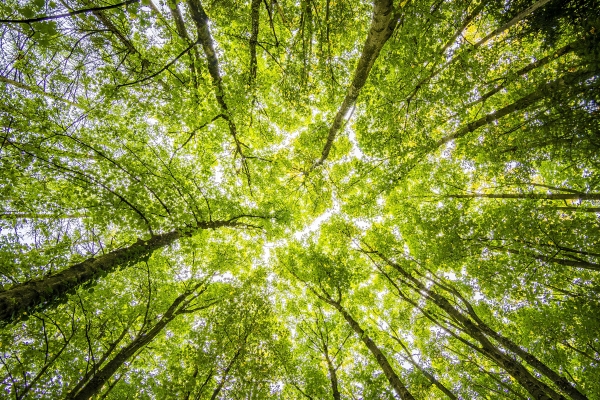
We have taken a closer look at our SOLO Journal. We are pleased to confirm the paper used in the production of our magazine has always been an FRC certified product and has a high recycled content.
The ink used is vegetable based, and there are no laminates or coatings used during production, so the magazine can be recycled through all local authority schemes.
With regards to the outer packaging, we have been using a biodegradable poly film, whilst it biodegrades naturally it takes a long period of time to do so. Therefore, we have upgraded the outer packaging.
This issue you are reading now, and all future issues we will be using a recently introduced new compostable film, which can be disposed of with garden waste!
Researching into this led to a wider discussion about recycling and composting in general and how we can all take positive steps to lessen our impact on the environment. Being an enthusiastic gardener (with qualifications in horticulture) and an avid “recyclerâ€, I was asked to write some articles on the subject, in line with the newly compostable film, for this article I chose home composting.
Composting
Homemade compost is invaluable in the garden – it is a great soil improver, mulch and growing medium.
To make good compost, you need a 50:50 mix of materials that are rich in nitrogen and carbon. Nitrogen comes from lush, green material such as grass clippings. Carbon comes from brown material, such as woody stems and cardboard.
For every bucket load of green material, you need to add the same volume of brown, otherwise you will end up with a sludgy, slimy mess. Shred woody stems before adding them so that they break down more easily. Loosely scrunch paper and leave egg boxes or loo rolls intact – these help to keep the compost aerated.
• Stand your compost bin directly on the soil (in a sunny spot if possible) – worms and other micro-organisms, along with heat, will speed up the composting process. Chicken wire at the base will keep rodents out. Add an equal mix of green and brown materials.
• Speed up the process by turning your heap occasionally with a garden fork to aerate it, mixing the outside ingredients to the inside.
• Cover your bin to keep the rain out, but do not let it dry out. Water is a key parameter in making compost. Microorganisms responsible for breaking down organic matter in your compost pile need water for the same reason all living things do. A steady supply of water helps the organisms to thrive, thus achieving rapid composting.
• When the mixture turns brown and crumbly and slightly sweet smelling, the process is complete. This will take around six months if you turn the heap regularly, but it can take much longer.
What to add to your compost bin – and what to leave out.
Add in:
Nitrogen-rich waste (green)
- Grass clippings
- Annual weeds
- Fruit and veg peelings
- Nettle leaves
- Teabags
Carbon-rich waste (brown)
- Prunings
- Hedge trimmings
- Cardboard
- Straw
- Sawdust
- Pet bedding
- Paper towels
- Paper bags
- You can also add Eggshells, natural fibres (wool or cotton), and wood ash (not too much)
Do not add:
- Diseased plants
- Perennial weeds
- Cooked food
- Raw meat
- Dairy products
- Ash from coal fires
- Cat or dog faeces
- Gloss or colour-printed paper
- Autumn leaves – they are best used to make leaf mould
- Citrus (slow to rot and very acidic, which reduces worm activity)
Happy composting!
In the next issue of Solo, we will be looking at what changes we can make in the workplace environment. For anyone who would prefer to have an electronic copy of the Solo magazine instead of a hard copy in the future, you can let us know by email to: info@spg.uk.com.
Sheila Mann
SPG Admin Support
